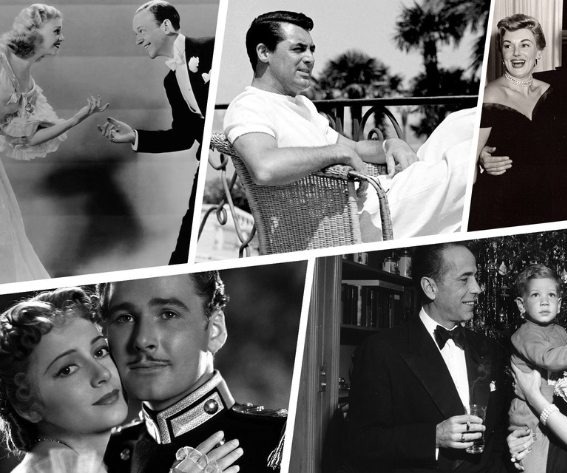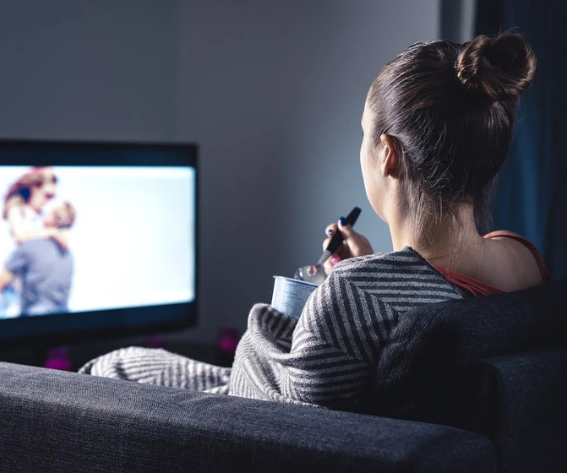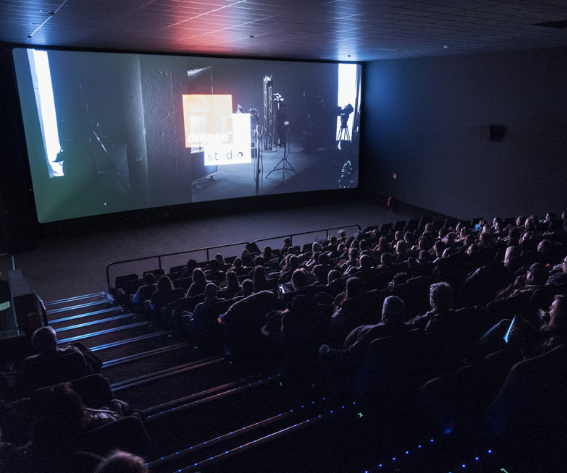Over the course of its rich history, cinema as an art form has consistently been used by filmmakers to highlight and challenge social norms. From the influential Luis Bunuel in the early 20th century, who questioned age old views on sexuality and religion, up to the present day where female directors such as Greta Gerwig have sought to break taboos with regards to gender roles and femininity, cinema has always been an effective tool to confront subjects widely considered controversial.
However, as a reflection of our cultures and societies, there are also numerous instances where cinema has been used to uphold social norms rather than breaking them down. Through certain portrayals and practices within the industry, there has been times where taboos have in fact been created. Let’s address some of the taboos created by cinema and look at how these have later been challenged.
Racial Stereotypes
When D.W Griffith released The Birth of a Nation in 1915, it was lauded as groundbreaking for its technical achievements while also being a huge commercial success in the United States. Infamous for its racist portrayal of African Americans and the glorification of the Ku Klux Klan, in many ways the film upheld the racist views of many white Americans of the time. The Birth of a Nation would help set the scene for an era of cinema in Hollywood with perpetuated racial stereotypes and racist representations of people of color becoming commonplace. Modern directors like Spike Lee and Jordan Peele have challenged these created norms, producing films focusing on the lives and stories of marginalized races, such as the iconic Do the Right Thing which shines a light on the racial tensions at play in a bustling Brooklyn neighborhood. Because of filmmakers like these, contemporary cinema has become much more diverse with films from across Asia, Eastern Europe and Africa all now being released in theatres worldwide.
The Objectivation of Women
For much of its history, popular cinema was dominated by men with the films produced nearly always displaying a patriarchal vision of the world. At best, female characters were portrayed as passive, dependent side characters, at worst they were reduced to objects of desire for the so-called male gaze. Iconic film characters like James Bond and Indiana Jones reinforced gender stereotypes of their era, often sexualizing female characters and providing little to no further character development. By highlighting female characters, giving them more complex storylines while removing their over-sexualization in films, directors like Greta Gerwig and Jane Campion have broken the taboo surrounding the male gaze in cinema. And while question marks still remain surrounding gender equality on the big screen, the fact that some of Marvels most popular superheroes are women highlights the huge leaps that have been made.
Glorifying Gambling
Classic casino films like The Cincinatti Kid and Casino portray gambling activities as a glamorous vice, providing an oversimplified representation of the pastime when compared to its reality. Frequently appearing in films associated with gangsters and crime, gambling was often still glorified with no mention of the potential risks surrounding it for the individuals taking part. In recent years, films have been released that have sought to balance the view on gambling, reflecting both the good parts of the hobby as well as the potential issues people could face with regards to addiction and theft. Check out Lottery Ticket and Uncut Gems for some contemporary releases that shine an alternative viewpoint. Furthermore, the next time you play online, checkout Spin casino. The latest Spin casino review by industry experts confirms its solid reputation as a safe and responsible gaming environment.
Real World Violence
Between the years of 1934 and 1968, Hollywood’s leading filmmakers followed a code of self-imposed censorship known as the Hays Code. This set of guidelines regulated much of what could be shown in films of the era, prohibiting things like profanity, suggestive nudity and anything else that was deemed inappropriate. Realistic violence was also heavily censored, ultimately leading to an overly sanitized view of conflict in cinema with little portrayal of the harrowing effects of extreme violence. The social revolution of the 1960s saw a turning point, in which new filmmakers sought to break taboos surrounding on screen violence. Early films from Martin Scorsese like Taxi Driver and Raging Bull exposed audiences to graphic and often unsettling violence, forcing them to confront its reality. Going one step further, award winning director, Quentin Tarantino, has utilized graphic comic book violence as an artistic choice, providing his films with a unique feel.
Sexuality Representation
The taboo surrounding the discussion of LGBTQ+ people was apparent in mainstream cinema for much of the 20th century. During the Hays Code era, homosexual relationships were in fact forbidden on screen while later in the century queer characters were often depicted in one dimensional and stereotypical ways. A good example is the so called ‘sissy’ stereotype of gay men in many films of the era, which hid the true reality of sexuality beneath a layer of comedy and ridicule. Following shifting societal views surrounding LGBTQ+ communities in modern times, many filmmakers have sought to break these barriers and provide a true representation of queer people. Films like Brokeback Mountain, Pride and Moonlight shine a light on LGBTQ+ characters and stories while queer directors such as Luca Guadagnino have found commercial success with their films focusing on these communities. While significant strides have been made in mainstream cinema, major releases continue to shy away from explicit representation in storylines showing there are still some barriers to be broken.
Looking back, it becomes clear that cinema has always been used as a double-edged sword, with the ability to both uphold the taboos of the day while also having the power to break down long standing social norms. As theatre screens continue to reflect the era we are living in, it stands that films will continue this duality of both showing us what we want to see as well as challenging the controversial subjects of the day.









Leave a reply